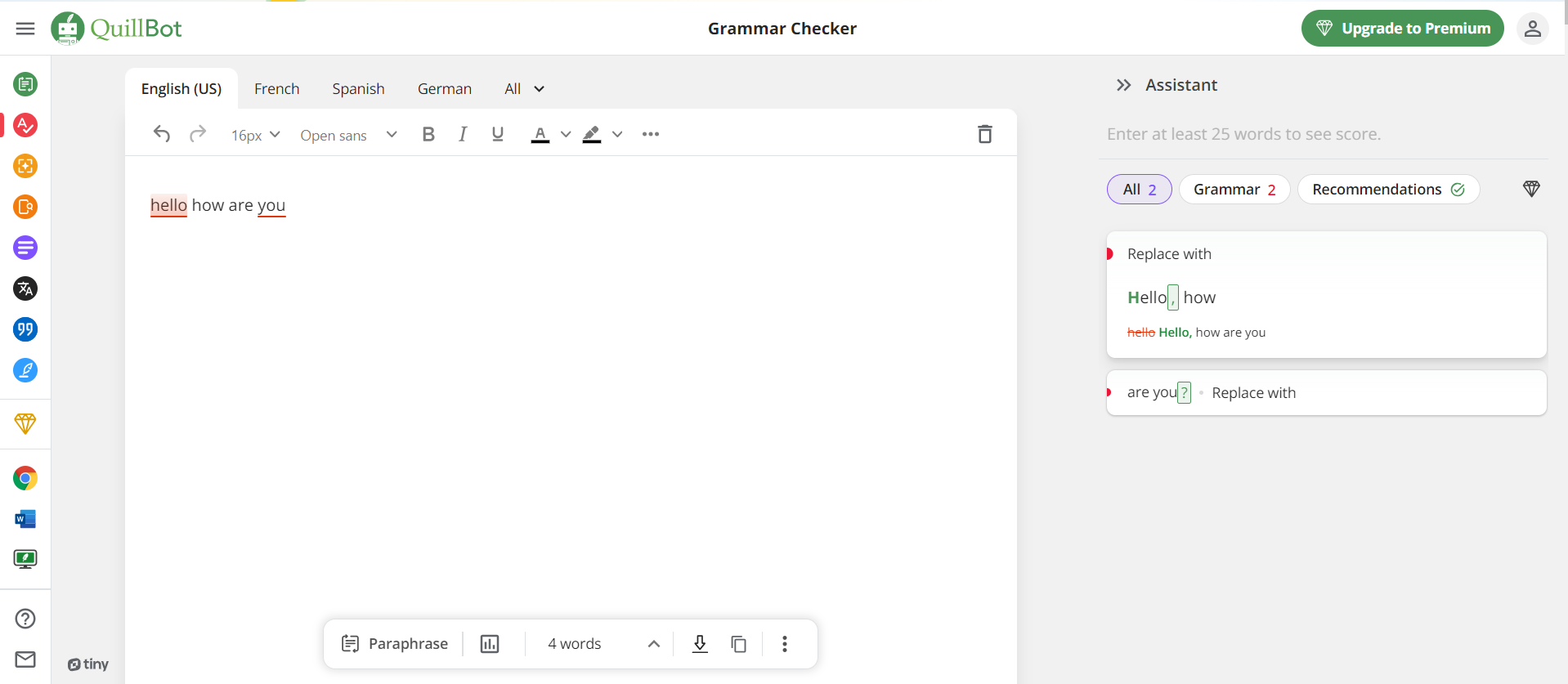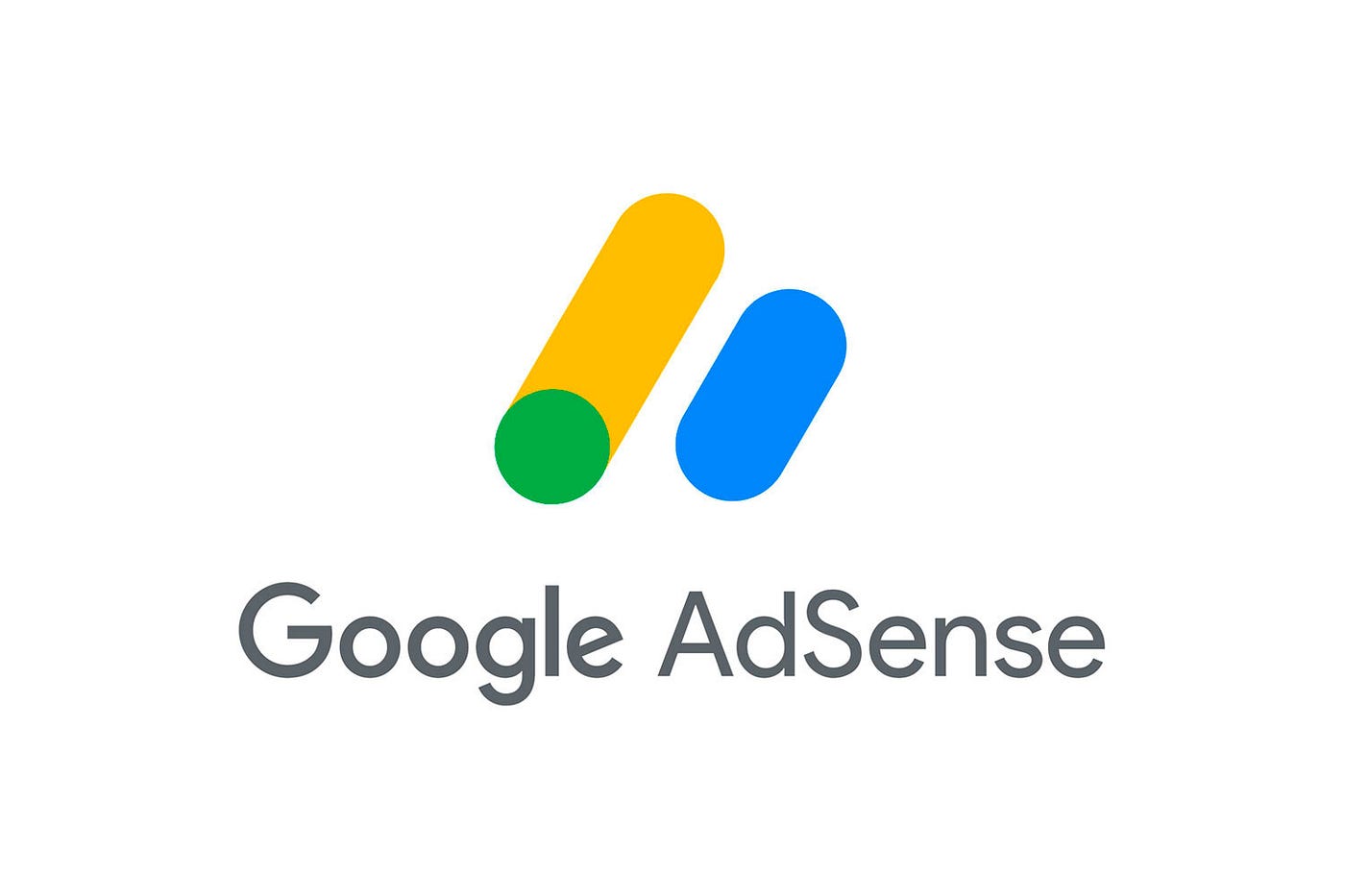Business Proposal
Introduction
In the business world, competition is very high. So a great proposal is sometimes between losing and gaining new clients and business. A proposal should offer what the reader is looking for. A proposal is more than a document; this is a plan that is going to be done according to the client’s needs. This guide shall take you through the steps of writing an effective business proposal, with examples to illustrate each section.
First, what is a business proposal?
- Definition and Purpose: A business proposal is, in reality, a written document that is handed over to a potential client to sell him/her the motive and concept for buying a product or a service. It discusses the issue the client faces and offers a clear solution opportunity on how you will make it right, how the financial region would compensate, and the time involved.
Types of Business Proposals: There are two types of business proposals:
- Request Proposals: These are the proposals that are requested by the potential clients in reply to an RFP (Request for Proposal).
- Unsolicited Proposals: These are the ones that are submitted without a client’s express request for the same, and they usually form a good way of introducing your company to potential clients.
- When to Use a Business Proposal: Business proposals are commonly used on occasions like pitching for projects, responding to RFPs(Request for Proposal), or rolling out new services upon an already existing list of clients through email or any other way of communication.
Second be Ready for Writing Your Business Proposal Know Your Audience
Even before you start to write your proposal, research the needs, pain points, and goals of your potential client. You must then write a proposal that will be able to address these pains and needs satisfactorily.
- Gather Needed Information: Gather all the information you need, such as the background of the client company, the scope of the project, budget, and time frame. All this information will be the foundation of your proposal.
- Have Clear Objectives: Decide on how you want to navigate with the proposal. Do you wish to sign a contract, create a partnership, or submit a new service out there?
3, Structuring Your Business Proposal
- Title Page: Include the title of the proposal, your company’s name, the name of the client, and the date on the title page. For instance:
Proposal for [Client’s Name]
[Your Company Name]
[Date]
- Table of Contents: A well-organized table of contents allows the reader to easily navigate the proposal it is the core of every document for easy navigation through the content of the document.
- Executive Summary: The executive summary of the proposal should be the encapsulation of its main parts. The executive summary should also contain a problem, a proposed solution, and a benefit statement so that the one who is going to read the proposal is going to feel satisfied by the proposal.
4. Detailed Sections of the Proposal Executive Summary:
- Introduction/Overview: Tell a little something about your company and why the proposal is being submitted. Express your power and why your company would be suited best for this project.
- Problem Statement: Find out exactly what the client wants or the client’s problem. For example:
[Client’s Name] is facing a problem with [specific problem]. This problem is affecting their [area of impact, e.g., sales, operations, customer satisfaction].
- Proposed Solution: highlight the proposed solution of the found problem. Include the exact strategies and how they will address to the client’s needs.
For instance:
We propose to implement [specific solution], which will [benefits of the solution].
in this example, you see that you will propose the solution and its benefits for the clients to see if they have profit in there not losses.
- Methodology/Approach: State the steps you will follow in the implementation of the solution. This is the area where you must be clear and show your strategic thinking.
- Project Schedule: Provide a realistic schedule for the project. Break down the project into definite stages along with the estimated dates of accomplishment.
- Budget/Expense: Provide a well-explained and transparent cost breakdown. Mention and add all the expenses, so that there are no surprises afterward. For instance:
Service/Task: $X
Materials: $X
Miscellaneous: $X
Total: $X
here for instance you have highlighted the cost of each thing so that there will be no surprise from the cost we all know that no one wants a surprise in the case of money-related things.
- Benefits: highlight the benefit of the project show what it will bring to the clients and why it is the best from your competitors or why it should be chosen among others for instance:
Our solution will improve [specific area] by [specific benefits], resulting in [expected positive outcomes].
here in this instance, we are going to highlight the specific area of our solution and its benefit which will bring positive outcomes believe me no one needs to invest where there’s no profit.
5. Adding Supplementing Information
- Qualifications: show the skills and the achievements you have made in the past. show any qualifications, certifications, and awards that belong to you.
- Case Studies/Examples: To show the expertise in the business and experience of your team, provide the best examples of similar works done in the past to show that it’s not the first time doing that that will make people believe you.
- Testimonials: Include quotes from happy customers to help build your reputation and credibility like reviews believe me we people we always check the reviews and testimonials of others that’s what makes us make a decision based on others’ opinions.
- Terms and Conditions: State the legal and contract terms and conditions of the said proposal. Be specific with the terms of service, payment terms, and all other relevant details that you think are necessary because everyone always wants safety over their money and everything.
6. Review the Proposal and Revise Syntax:
Make sure the proposal is free of grammatical and typographical errors. A well-edited proposal represents professionalism,
use some tools online like Quillbot and Grammarly these tools will help you to correct grammar for free without any cost.

- Formatting and Design: Make it visually appealing with a clean layout, consistent font, and proper use of headings and bullets.
- Final Approval: Read through all the information again to ensure that all information is correct in response to the client’s instructions. Make any necessary alterations convenient before submission make sure to check everything in it remember one mistake can cause your dreams to collapse so check everything in that document to see if it aligns with client or business needs.
Conclusion
in conclusion, summarize everything you have said, and remember that people nowadays like summaries because no one has time to check the whole document and even show how it addresses the client’s needs.
Call to Action: in the last message encourage the client to take an action or next step.
For instance:
We look forward to the opportunity to work with [Client’s Name]. Please contact us at [contact information] to discuss this proposal further, Thank you.
here in the last message, we make sure that we put our contact information so that whenever a client needs further information, we can get to us easily and ask them for their feedback if necessary.
FAQS:
Questions that your client will probably have. For instance:
Q: When is the project supposed to be completed?
A: The project is scheduled for completion within [time].
More information: Contact details for more information and you can add comment on how you feel about it.
Thank You for reading make sure to leave a comment and a like. 🤗🤗










